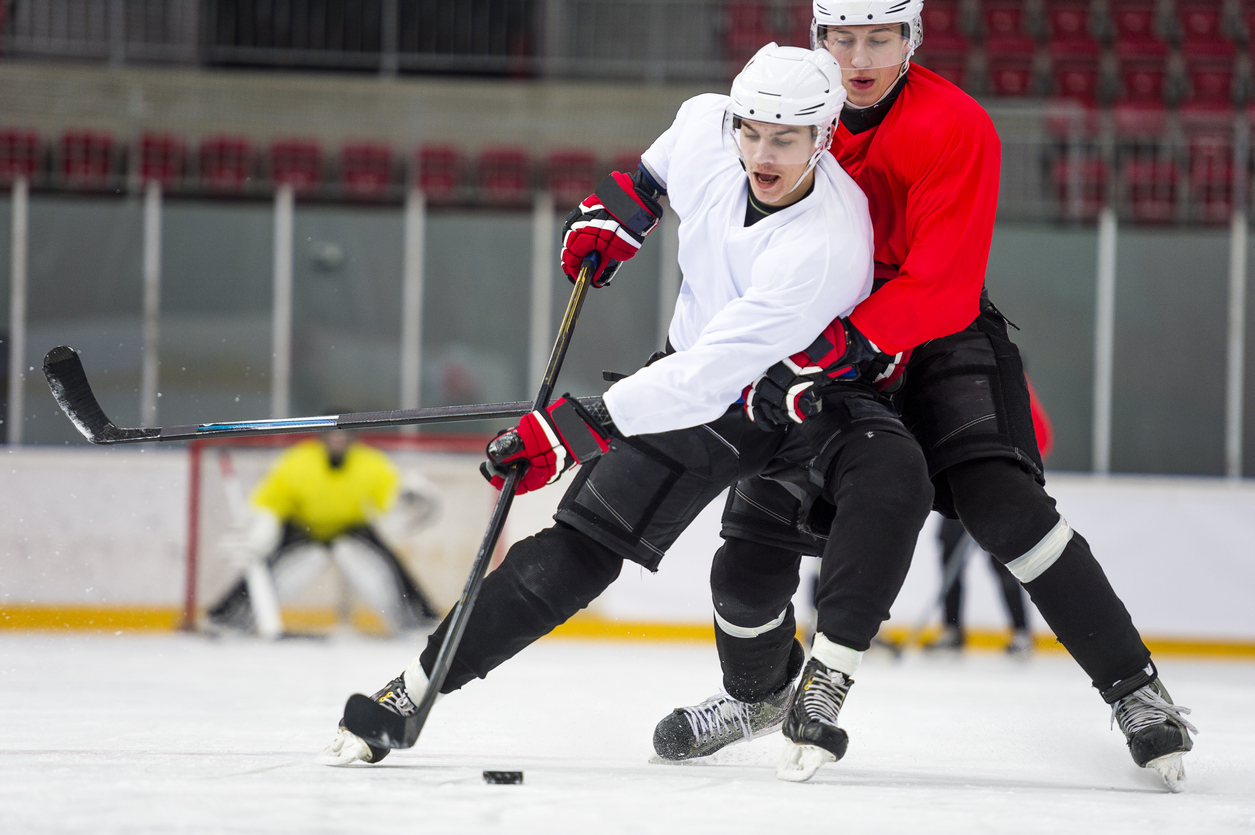Hockey & Voluntary Assumption of Risk

Hockey season is upon us. The 2021-2022 NHL season is the 105th season for the league. The NHL also expanded to 32 teams and welcomed the addition of the new Seattle Kraken team. The beginning of a new NHL season always brings a lot of excitement to hockey fans across the country. It also mirrors the start of many recreational leagues for casual and amateur players.
For most casual and amateur players, their highest priority is ensuring that they can get to work the next day. It’s no secret that hockey is a highly physical sport. That means there is always a level of risk of injury for players who lace up the skates. By stepping on the ice, players are voluntarily accepting those normal risks involved in hockey. In legal terms, this is called the “voluntary assumption of risk” doctrine. This doctrine works to protect players from legal liability for injuries that may happen on the ice.
The “voluntary assumption of risk” principle makes a lot of practical sense. Let’s examine how it would apply in a hockey game. Contact and body checking are a normal part of the game. Therefore, it is reasonably foreseeable that a player may get hurt during play. So, if a player is seriously injured by a clean but hard check, that same player cannot turn around and sue the other player for their injuries.
Having said that, the courts have been clear that a player’s “voluntary assumption of risk” is not unlimited. To be more specific, players who step on the ice are only assuming the normal risks involved in hockey. If a player is injured by conduct that falls well outside the normal rules of play, they may be able to seek legal recourse against the offending player. The courts have been clear in stating that a player does not accept the risk of injury from “conduct that is malicious, out of the ordinary or beyond the bounds of fair play”. And this make both good common and legal sense. When a player steps on the ice, they are not consenting to an “anything goes” match. They are only consenting to the normal risks associated with hockey.
In terms of determining what falls outside of the normal risks associated with hockey, that exercise becomes very fact-specific. In the case of Casterton v MacIsaac, MacIsaac body checked Casterton from behind, which caused him to suffer a concussion, broken teeth and facial injuries. The Judge found that MacIssac’s hit on Casterton was a blindside hit to the head that could have well been avoided. The Judge found that this type of conduct was unacceptable in a recreational non-contact league. In reaching this conclusion, the Judge took into consideration other relevant factors such as the players’ level of experience, the level of play of the league, the rules and nature of the game.
MacIsaac was ultimately ordered to pay Casterton over $700,000 in damages for pain and suffering, income loss and future care. This was a key decision in reinforcing the idea that players who step on the ice are not implicitly consenting to any and all risks involved in hockey. It also serves as an important reminder to recreational and amateur players that they may be held liable for conduct that is out of the ordinary or goes beyond the bounds of fair play in hockey.
About the Authors

For Charles, practising personal injury law allows him to serve and empower individuals to overcome some of the most challenging times of their lives. His devotion to service is what motivates him to achieve the best possible outcome for his clients.
